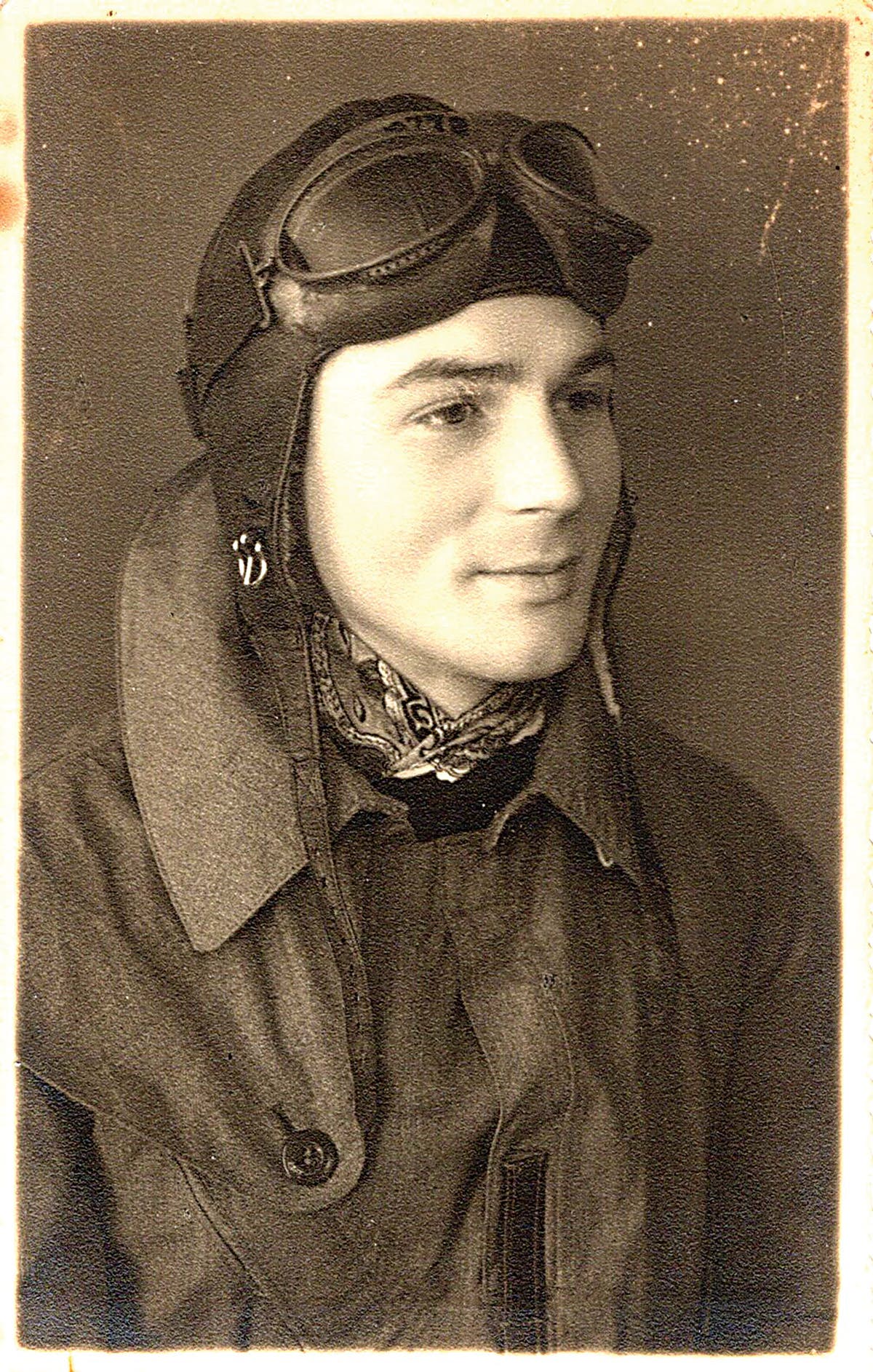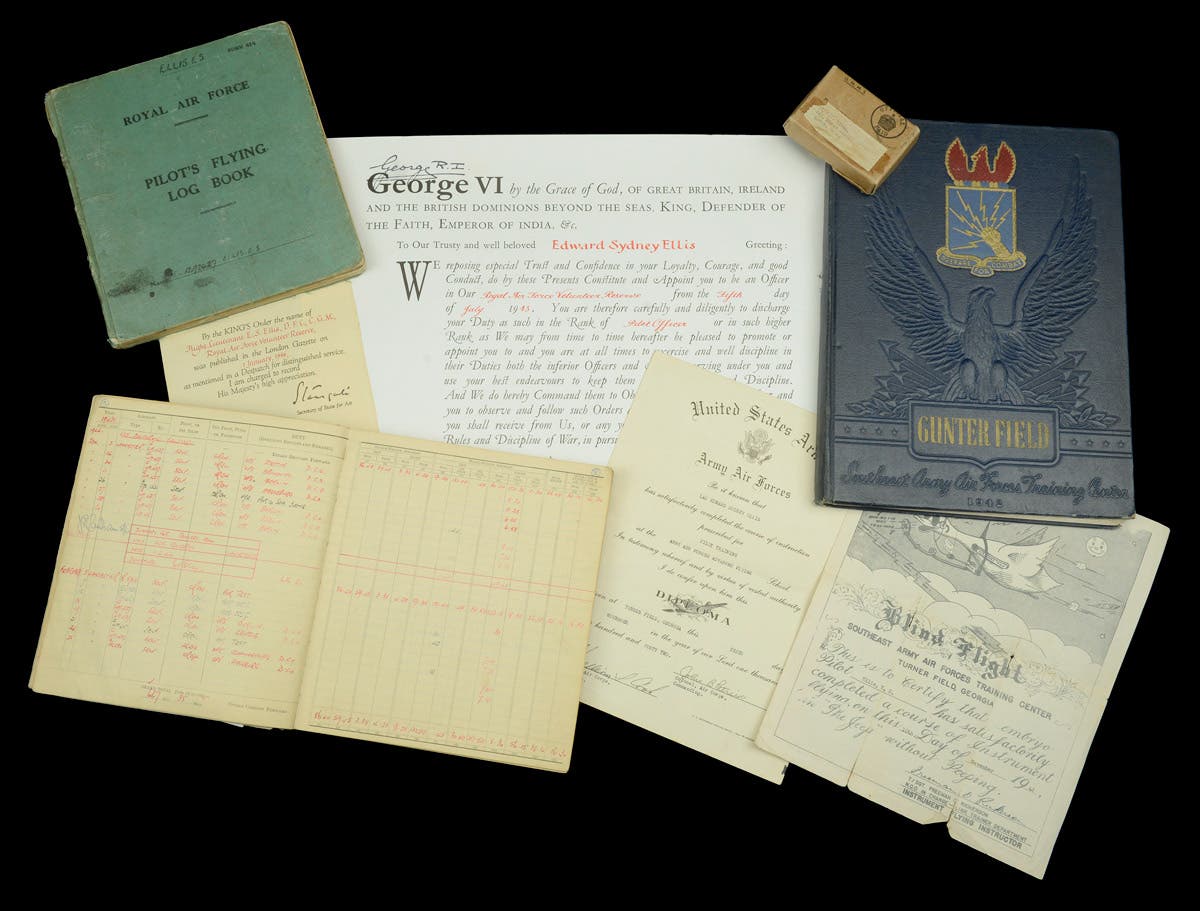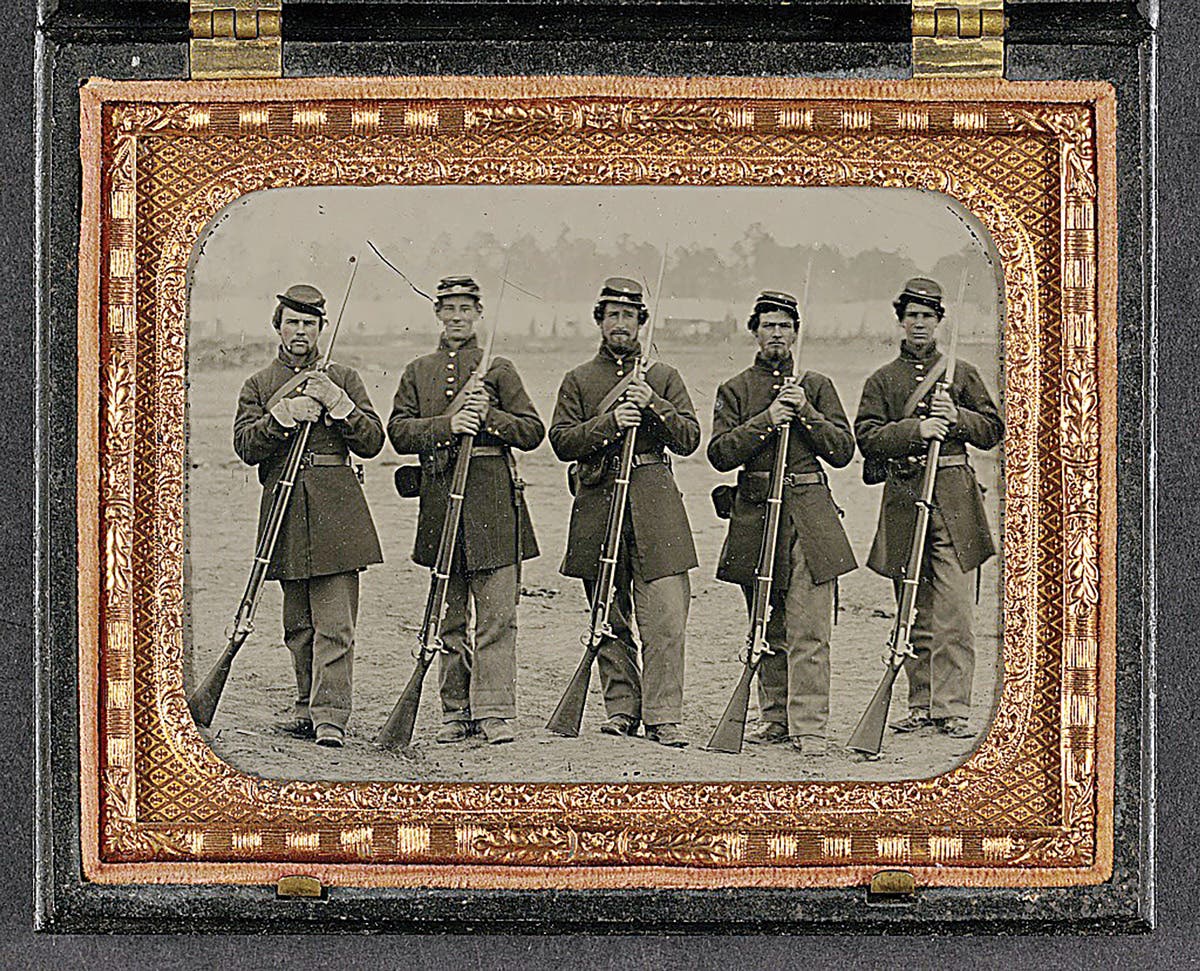IMA uncovers cache of WWI helmets
In the summer of 2012 Christian and Alex Cranmer of New Jersey based International Military Antiques traveled to Estonia to purchase a massive cache of German-produced helmets that may have…
In the summer of 2012 Christian and Alex Cranmer of New Jersey based International Military Antiques traveled to Estonia to purchase a massive cache of German-produced helmets that may have been used during and after the Second World War by the Finnish Army.
Thousands of such helmets were offered for sale by a Finnish military surplus dealer who simply happened to be at the right place at the right time. This discovery of such a cache of helmets seemed like a one-of-a-kind event—the stacks of German-style helmets were reminiscent of the piles of German helmets that were photographed after the end of WWII.
Back in August 2012 after completing the acquisition of the items, IMA’s Alex Cranmer suggested, “This is truly the last stock in the world of helmets like this.”
Two years later, however, Mr. Cranmer is back from a trip to Estonia, where, he said, he had uncovered another notable cache of helmets. This new lode of helmets surprisingly included hundreds of surplus World War I steel helmets.
Many helmets in this recent discovery are desirable, German Model 1916 helmets, that, he said, are “fully marked with size and manufacturer info over the left ear.” Cranmer told Military Trader that the shell sizes include size 62, 64 and 66 – with the vast majority being the highly desired size 66 shells.
“There are also hundreds of German M18 helmets in those sizes plus many in size 68,” Cranmer added. “But the really interesting find were the hundreds of various Austrian-made M17 helmets. Those helmets are just stunning, and from what I can tell there are just not many that show up on the market.”
In all, the helmets are reported to be in excellent condition, even if most were refurbished for use by the Finnish military. This means the helmets have been repainted and liners replaced, but because of the production codes, there is no denying that those German and Austrian helmets were World War I surplus. They were likely taken as war repatriations by the Allied powers and sold to newly independent nations such as Finland. That said, some examples seem straight from the trenches of the Western Front.
“There could be some with original German liners in the mix,” said Cranmer. “Many have the traditional three-pad liner that you’d expect in a German helmet, even if most of the helmets are painted with that Finnish gray or dark green. But it is so thick on many helmets, we wouldn’t be surprised if there was German paint underneath.”
While the World War I helmets were, of course, a surprising find, the guys from IMA were also amazed that there were still more WWII-era German M40 and M42 shells recently uncovered.
“There were nearly a thousand more M40 shells that we were able to acquire. Those were also German marked,” said Cranmer.
As with the original cache of former Finnish-used helmets, these have quite the story to tell. Finland had gained its independence from the Russian Empire following the downfall of Czar Nicholas II in 1917 but had to fight three bitter wars to retain that independence from 1939 to 1945.
The first was against the Soviet Union in the brutal Winter War of 1939-45, when Joseph Stalin looked to expand his sphere of influence. While the Finns put up a good fight, and even had an offer of assistance from Great Britain and the France, the might of the Soviet Union was too much for the Nordic nation. Peace was settled in March 1940, with territory ceded to the Soviets. This peace did not last, and Finland joined with Germany following the latter’s invasion of the Soviet Union in 1941. This resulted in the Continuation War (1941-44), during which the Finns looked to settle scores. With the turn of the tide, Finland exited the Axis. During the brief Lapland War, she looked to expel the German military from Finland.
From its independence to the 1970s, Finland utilized a variety of foreign produced helmets – notably those made by Hungary. But many post-WWI helmets – of German and Austrian origin – were supplied to Finland during the 1920s. Thus, many of the helmets uncovered by IMA could have been in Finland for decades.
Today, it is impossible to tell when the helmets were used, but because many were supplied in the inter-war era, it is likely many were used in the Winter War and the subsequent Continuation War.
“From what we have discovered these helmets were purchased directly from the Finnish Army in the early 2000s,” said Cranmer. He suggested, that while the helmets had long since been taken out of service, these may have remained in depot or storage for decades.
IMA was able to acquire the helmets in neighboring Estonia, which is across the Bay of Finland. While Alex and Christian each hope that more such helmets will show up, they admit such possibilities are unlikely.
“We were able to acquire these as a result of the past deals we had made,” said Alex Cranmer. “As to whether there are other helmets, I simply don’t know. The only other place they could be would be Russia, perhaps sitting in some warehouse and forgotten. But in our travels, we’ve discovered that any cache of helmets – German or otherwise – would have been melted down. If they had anything, I’m sure it would have been offered by sale now.”
With that in mind, Cranmer won’t say this is the “final” cache of old helmets they’re likely to acquire. He doubts he’ll see any more shipping containers arrive at their New Jersey warehouse loaded with such treasures.
“I will never say never,” admitted Cranmer. “But I can’t imagine another cache of fully marked German World War I helmets showing up again. There is no way.”
For more information on these recently discovered helmets or any of the other treasures offered by IMA, see their full page ad in this issue, visit their web site at www.ima-usa.com, or call 908.903.1200. Tell them you “Read about it in Military Trader!”
Established in 1993, Military Trader is dedicated to the collecting preservation, restoration, study, and display of historic military artifacts. Spanning interests from military uniforms to medals, or helmets to ordnance and weapons, Military Trader is your best source for in-depth techincal articles, artifact profiles, product and hobby news, current values, and show and auctions calendar.








